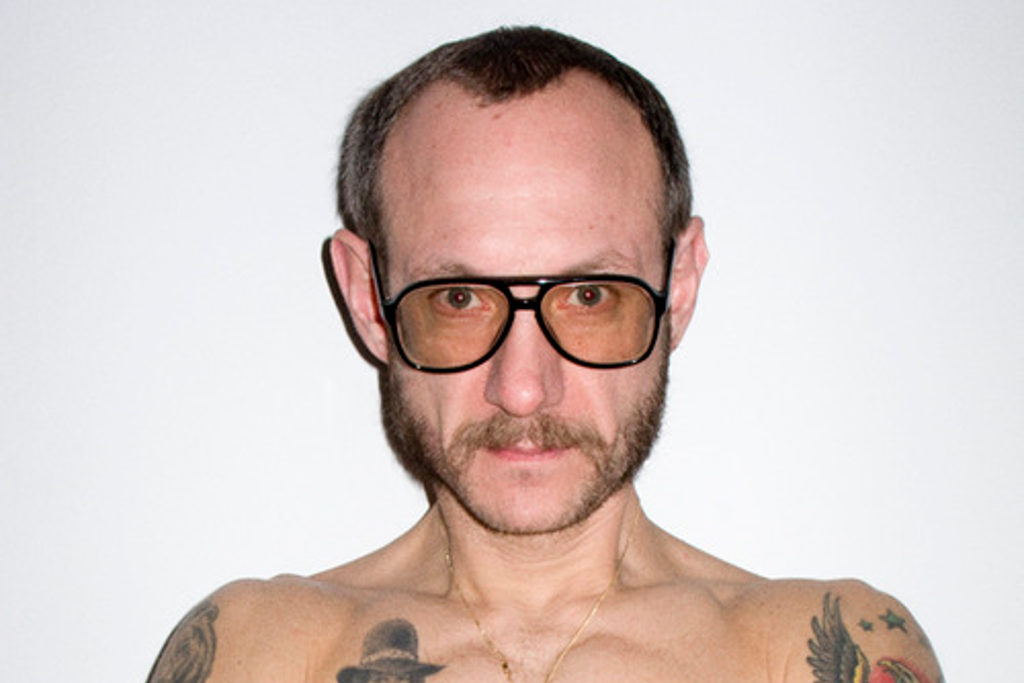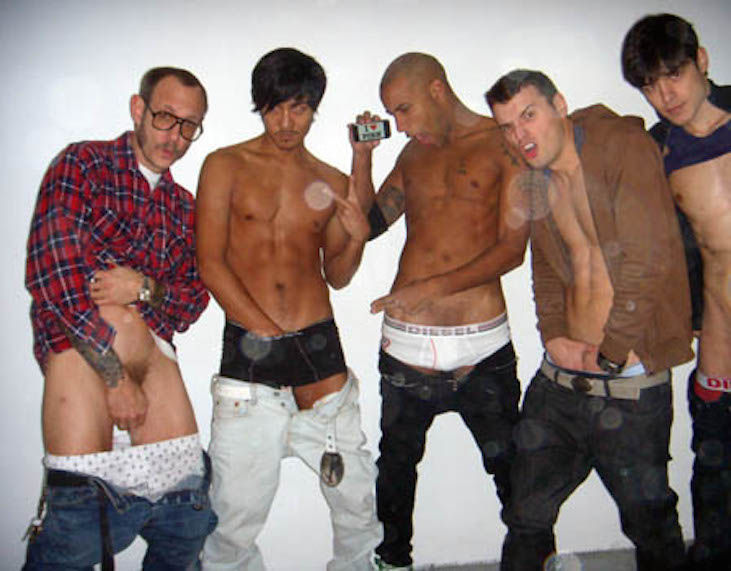Female Models Aren’t The Only Ones Getting Creeped On
A male model explores the trending topic of sexual harassment in the fashion industry, from a different perspective.

Last week, Terry Richardson found himself in the wrong headlines once again. For the unacquainted, he’s the world’s highest earning photographer, who also happens to carry a ballooning list of sexual harassment allegations. From scrotum squeezing to tampon tea, the tales of his deviancy are creepier than a Staten Island Clown.
In turn, numerous online movements such as #nomoreterry have vouched to send him back to the dimly lit basement from whence he emerged. His misdemeanours have even triggered the birth of legitimate organisations: According to TheGlobeandMail.com, New York-based model alliance was founded by former Ralph Lauren model Sara Ziff to “try to improve work conditions in an unregulated industry populated by young women.”
Recently, founder Ziff appeared on Huffington Post Live to address concerns of sexual harassment, particularly from Uncle Terry. “He gets away with it because models don’t have any sexual harassment protection,” she said. “Fashion trades in the female body, so the way these people abuse their power ends up being more degrading.” She also said that she is only reaching out to female models, since male models are a scarcer breed.
Having worked myself as a professional Zoolander, there’s something about this sentiment that really rustles my jimmies. Make no mistake: Terry is a colostomy bag, and it’s a worthy goal to make the profession safer for women. The issue is the lack of scrutiny over the exploitation of dudes. Some of the articles discount the trend altogether, as Hayley Hoover exhibits when writing on TheGloss.com; “Women models face sexual pressure at alarming rates – it’s pretty dismissive to act like that’s not in any way a gendered problem.”
A study published today on Slate shows that the instances of sexual victimisation between genders are far closer than we think. Human Rights researcher Lara Stemple urges we need to “completely rethink our assumptions about sexual victimisation”, especially our fallback model that assumes men to always be the perpetrators, and women to always be the victims.
I know from personal experience that male harassment is flourishing in the fashion industry, and that the lack of protection is equally valid for both genders. And yet no one’s really talking about it online. The only exception to this happened in 2010, when Harman Howe filed a lawsuit against America’s Next Top Model judge Nolé Marin for repeated sexual harassment.
Howe was then accused of being a washed-up attention whore.
#MaleModelProblems
Before we continue, I should clarify something: I find the men’s rights movement to be as cringeworthy as the next person. By no means am I hoping to jump on their wagon. That said, the modelling industry isn’t exactly an archetype of equity. At present, male models earn a fragment of their female counterparts, and they tend to be the butt of a shitload more jokes. (I’m guilty of perpetuating some of these myself, although I firmly believe it’s an equally silly job for either gender.) There are very rational reasons for this: women consume far more clothing, so there’s greater return for female-targeted advertising. Society also tends to look at modelling as a feminine vocation. It’s just the price you pay for getting to Blue Steele for a living.

As stand-alone facts, these factors are digestible enough: for once, the tables are turned. But the marginalisation of male models does make it more unfair to downplay their accounts of harassment. From my experience, guys are more at risk of harassment than girls, for one simple reason: in terms of those holding the powerful positions, fashion is a gay man’s game. Just look at the household designer names in recent years.
The next most prominent demographic represented in the top jobs would be hetero woman. Now, what do these two groups have in common? Apart from corresponding cerebrums, they share a romantic inclination for men. So while there are more female models than males, the people who are likely to harass them are in a minority.
Admittedly, it could be argued that it’s more intimidating for girls, due to the physical disparity between the sexes and centuries of gender imbalance. But in every instance I’ve heard of, the harassment stems from psychological, rather than physical, means.
Don’t Just Take My Word For It
I decided to reach out to male models with first-hand experience. Fashion is a fickle industry – being shunned for speaking out is all too common — so the subjects I spoke with asked to remain anonymous.
One model, who has featured in campaigns for Dolce and Gabbana, said he has “definitely felt exploited and uncomfortable at times. There have been plenty of off-hand sexually suggestive comments, even being grabbed inappropriately. The vast majority of these advances come from gay males — they’re the ones that hold the power in the industry, so it’s natural they would be the ones to exploit it.”
Another model who’s walked for Lanvin told me the worst experience he had was in South Korea. “There was a client who was being really touchy, but doing it so it looked like he was doing his job. He was pretending to style me, tucking in my shirt and trying to touch me. It reached a point that I had to tell him to back the fuck off, and he was like, ‘What are you talking about?’”
He also told me about another festering industry secret, in the Terry Richardson vein: “There’s a client in New York who shoots the campaigns for big labels like Calvin and Klein. His condition to shoot guys for that job is that he gets to take a close-up Polaroid of their junk. Most guys say yes because of the opportunities it could [lead to].”
A third model I spoke to, who has featured in advertisements for Coca-Cola, told me he’s “been travelling internationally for about five years now, and there’s seldom been a time where some sort of sexual harassment hasn’t happened.
“The worst time was in Kuala Lumpur,” he continued. “I was 18 and very naïve. I was told by my agency that when I arrived I would be staying in my agents’ apartment. It was a nice place and there was another model there at the time, so I thought nothing of it.
“One night, the other model had to go out. As soon as he left, the agent advanced. He grabbed me and tried to hold me down. He told me he was going to get me ‘some big paying jobs.’ I pushed him away, and he said ‘if you want those jobs, you’ll go through with this.’”
When I asked him if he knew of any guys who have ever chased it up legally, he said, he did — but they’ve gone under a lot of scrutiny. “People think guys have control of every situation — it’s an expectation of the alpha male. For harassment to happen, the guy must have been asking for it.” It seems the fallacies that shadow sexual harassment are gender non-specific.
He raised another grave concern: “A lot of the time, especially in Asia, you have no chance of legitimate lawsuits, because you’re not working on the books. Agencies will fly models out on a tourist VISA. So it’s very precarious taking it to court.” He also believes that males are subjected to harassment just as much, if not more, than women: “It’s hard for both sexes, but personally I’d say it is harder for guys.”
Sexual harassment is undoubtedly a grave threat for female models. But with the scrutiny being given to the topic of late, it’s only fair to show that guys are copping the same thing, too.
–
Nelson Groom is a model, writer and competitive eater. Mostly these vocations are a little conflicting, but sometimes they work as one. You can find more of his writing here.
